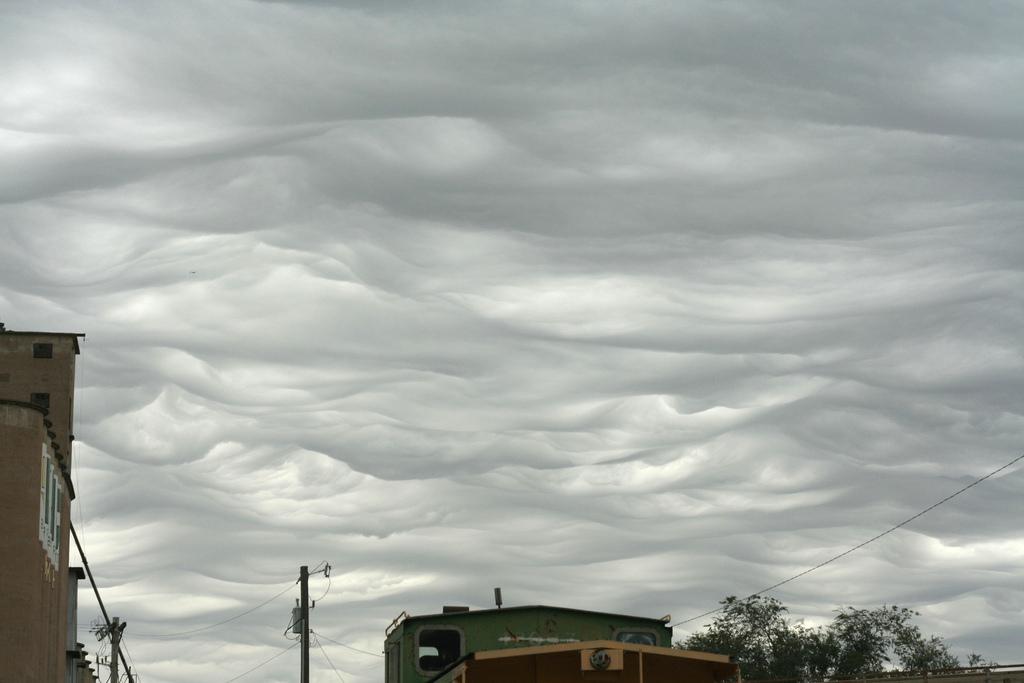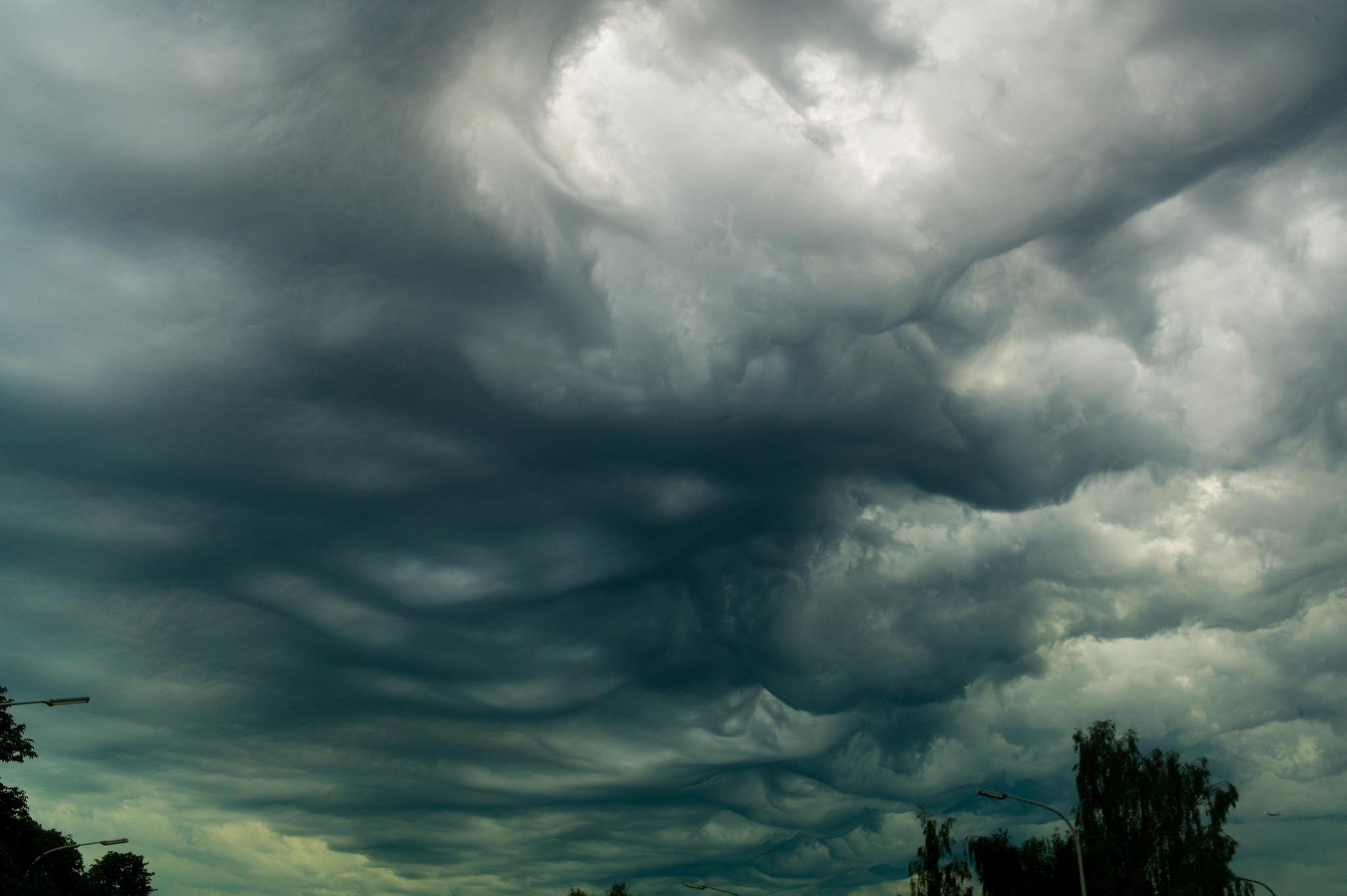Atlas Obscura on Slate is a blog about the world’s hidden wonders. Like us on Facebook, Tumblr, or follow us on Twitter.
In an attempt to codify cloud vocabulary and aid in weather prediction, the World Meteorological Association (WMO) published the first International Cloud Atlas in 1896. The Atlas divides clouds into 10 genus, 26 species, and 31 varieties, and includes important tips for cloud identification as well as appropriately whimsical descriptions—cloud species range from praecipitatio, “to fall (down a precipice)” to castellanus, “a castle of a fortified town.” Though many updates and new editions have been published since, no new cloud types have been added to the Atlas since cirrus intortus (“an entangled lock of hair”) was added in 1951. Until now.
In 2005 Gavin Pretor-Pinney, a writer, documentary producer, and former absinthe importer, founded the Cloud Appreciation Society, whose delightful manifesto states, in part, “We believe that clouds are unjustly maligned and that life would be immeasurably poorer without them.” In addition to sharing cloud news and participating in citizen sky science, the Society publishes a vast crowdsourced gallery of cloud photographs. It was while editing selections for the gallery that Pretor-Pinney came upon several instances of what he would call undulatus asperatus (“turbulent undulation”): a menacing, roiling cloud that he believed was unlike any known variety. He describes the appearance of the clouds as distinct from the standard undulatus: “more confused—as if you were underneath the water looking up toward the surface when the sea is particularly disturbed and chaotic.”
In order to support the need for a new classification, Pretor-Pinney worked with a graduate student at the University of Reading, Graeme Anderson, who wrote his dissertation on the undulatus asperatus. Mainstream meteorological organizations agree that these clouds are distinct: according to Weather.com, they “occur when enough atmospheric instability, or rising air, is available to create widespread cloud cover, as well as wind shear and turbulence, which creates the wavy, rough sea-like visual effect.” In 2009, Pretor-Pinney submitted the cloud to the World Meteorological Association for consideration.
The WMO has not yet confirmed whether the new cloud will be officially added, but it looks likely: in 2013 a task team assigned to the case recommended it for inclusion. The next edition of the Atlas is slated for release sometime in 2015.

This post originally appeared on Atlas Obscura. Visit AtlasObscura.com for more articles on the strange and wondrous, including illuminati paranoia in Kazakhstan, a basement full of 18th-century gravestones, and the solitary trees of strip malls.
